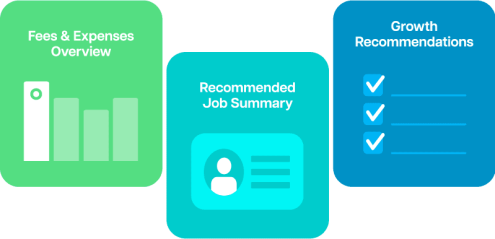In the fast-paced world of business, a leadership transition is a critical juncture that can make or break careers and organisational success. Michael D. Watkins’ “The First 90 Days” offers a comprehensive roadmap for leaders at all levels to navigate these pivotal periods effectively. As someone who has led teams through various leadership transitions, I find Watkins’ insights invaluable for anyone stepping into a new leadership role.
The Crucial First 90 Days in a Leadership Transition
Watkins emphasises that the first three months in a new position are critical for establishing momentum and setting the tone for long-term success. Research shows that leaders who have a structured approach to leadership transitions reach the breakeven point (where they create value for their new organisation) up to 40% faster than those who don’t.
Key Strategies for Successful Leadership Transitions
- Prepare Yourself: Watkins stresses the importance of mental preparation. This involves letting go of past roles and embracing the challenges of the new position. Leaders must shift their mindset to align with new responsibilities and expectations.
- Accelerate Your Learning: Rapid learning is crucial. Watkins advises creating a learning agenda focused on the organisation’s culture, politics, and operations. This proactive approach helps leaders avoid costly mistakes and make informed decisions early on.
- Match Strategy to Situation: Not all leadership transitions are the same. Watkins identifies five common scenarios: start-up, turnaround, accelerated growth, realignment, and sustaining success. Each requires a tailored approach, and understanding which situation you’re in is crucial for developing an effective strategy.
- Secure Early Wins: Building credibility quickly is essential. Watkins recommends identifying and achieving visible, meaningful successes within the first few months. These early wins build momentum and establish your leadership effectiveness.
- Negotiate Success: Proactively engaging with your new boss to establish clear expectations and goals is vital. This includes discussing your role, resources, and personal development needs.

Practical Application for Leadership Transition Success
What sets “The First 90 Days” apart is its practicality. Watkins provides actionable tools and frameworks, including:
- Self-assessment questionnaires to identify personal strengths and weaknesses
- Checklists for each phase of the transition
- Conversation planners for key stakeholder meetings
These resources make the book’s principles easy to implement, regardless of your leadership level or industry.
The Broader Impact of Leadership Transitions on Organisational Success
While the book focuses on individual transitions, its principles have broader implications for organisational effectiveness. Companies that adopt these strategies systematically can significantly reduce the time it takes for new leaders to become fully productive, leading to improved overall performance and reduced transition risks.
Adapting to Modern Leadership Challenges During a Leadership Transition
Although originally published in 2003, the updated edition addresses modern leadership challenges, including:
- Leading remote and hybrid teams
- Navigating digital transformations
- Managing in increasingly volatile and uncertain environments
These updates make the book relevant for today’s leaders facing rapid technological and organisational changes. A leadership transition in the digital age demands a deeper understanding of modern challenges, which the book helps leaders navigate.
The Role of Emotional Intelligence in Leadership Transition
A key factor often overlooked during a leadership transition is emotional intelligence (EI). Effective leaders must navigate not only organisational change but also interpersonal dynamics. By leveraging EI, leaders can build rapport, foster collaboration, and handle resistance more effectively. Developing strong emotional intelligence during a leadership transition helps ensure smoother team integration and alignment with company goals.
Leaders who actively develop their emotional intelligence are better equipped to manage stress, motivate teams, and respond to unexpected challenges. This skillset is invaluable in making a leadership transition successful and sustainable over time.
Conclusion: Mastering Leadership Transition for Long-Term Success
“The First 90 Days” is an essential read for leaders at all levels preparing for new roles. Its structured approach to leadership transitions provides a clear roadmap for success, helping leaders avoid common pitfalls and accelerate their impact. For organisations, implementing these principles across all leadership transitions can lead to significant improvements in performance and reduce the risks associated with leadership changes. As we navigate increasingly complex business environments, the ability to transition effectively into new roles becomes not just a personal skill but a critical organisational competency.
Whether you’re a first-time manager or a seasoned executive, the strategies in “The First 90 Days” offer valuable insights for making your next leadership transition a success. In an era where adaptability and quick learning are paramount, mastering the art of leadership transitions is a crucial skill for any leader aiming for long-term success.
About Staff Domain
At Staff Domain we understand the importance of smooth transitions in leadership and team dynamics. Our offshore staffing solutions are designed to support organisations through periods of change and growth, providing flexible, skilled professionals who can quickly integrate into your team. Whether you’re expanding your workforce or restructuring for efficiency, Staff Domain can help ensure your transitions are seamless and successful.










